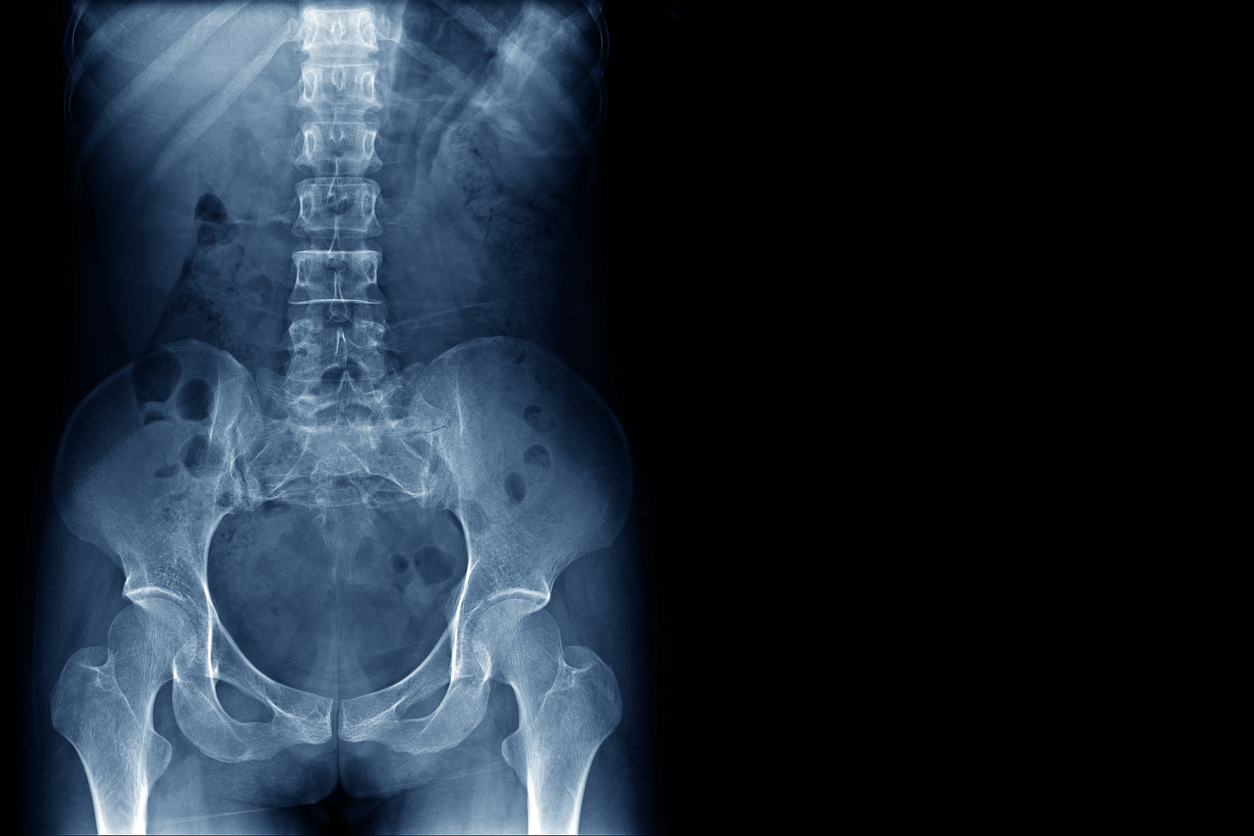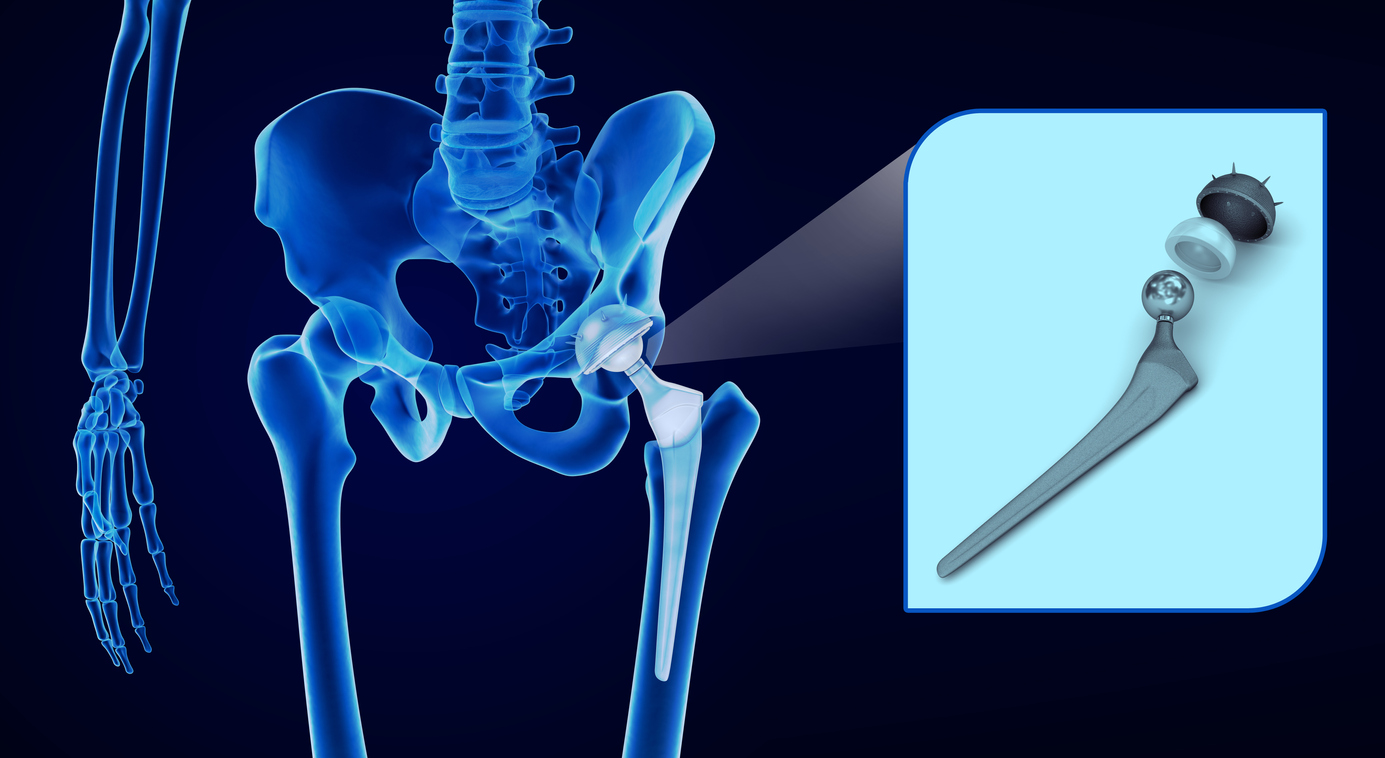Treatments
Minimally Invasive Surgery vs. Open/Traditional Surgery

Surgery is done for numerous reasons, such as removing or repairing diseased organs or tissues, redirecting blood vessels, diagnosing medical conditions, removing obstructions, repositioning structures, implanting mechanical or electronic devices, or transplanting tissue or organs. In general, surgical procedures are categorized into one of two types: minimally invasive surgery (MIS) or open surgery (OS).
Minimally invasive surgery
Minimally invasive surgery is an umbrella term for any type of surgery that does not require a large incision. Types of minimally invasive surgeries include, but are not limited to, keyhole, endovascular, and endoscopic. MIS can be used for some types of surgery that required open surgery in the past.
Open/traditional surgery
Open surgery, also referred to as traditional surgery, is an umbrella term used to describe any type of surgery that requires an incision of three or more inches. Depending on the condition being treated, OS may be required or recommended although MIS has become increasingly common in many surgical areas in the last 20 years.
Differences
Both minimally invasive surgery and open surgery have benefits and risks. Differences include incision size, anesthesia requirements, time and preparation, candidacy, recovery process, and risks of complications.
- Incision size
Minimally invasive surgery requires much smaller incisions (if any at all) than open surgery. Incisions are typically half an inch long or smaller. They may be slightly larger if an organ needs to be removed through an incision. In contrast, open surgery involves a 3 inch or longer incision. - Anesthesia requirements
Depending on the specific type of surgery, minimally invasive techniques do not always require general anesthesia. In some cases, only local anesthesia is needed. For example, in some cases of endoscopic surgery, only a numbing agent is used in the throat so that the endoscope can pass through easily. Open surgery, more often than not, requires the use of general anesthesia. - Time and preparation
Because of the number of steps, surgical tools, and surgical assistants involved in minimally invasive techniques, MIS can take longer than open surgery. MIS also requires advanced preparation, which is often not suitable for emergency situations. - Candidacy
Because open surgery typically requires less time in the operating room in comparison to the same type of surgery performed with minimally invasive techniques, it may be a good choice for individuals who cannot be under anesthesia for a long period of time due to certain medical conditions.
Individuals with certain heart or lung issues may not be good candidates for certain types of minimally invasive surgery, such as laparoscopy, because pumping gas into the abdomen can increase the risk of heart and lung complications during surgery.
Some surgeries require repairs that are not possible with minimally invasive techniques. Open surgery allows a better view and exposure to organs and structures. OS may also be required if larger areas need to be accessed. - Recovery
Minimally invasive surgery typically requires less recovery time in the hospital than open surgery, as it is less traumatic to the body. Individuals are often sent home the same day as their surgery. Recovery tends to be much smoother and quicker with MIS due to the smaller incision site(s) and less damage to muscles and tissues. As a result, postsurgical pain is milder than postsurgical pain from open surgery.
Open surgery generally involves a longer recovery period than minimally invasive surgery because the required incisions are much larger. For example, incisions from MIS typically heal in weeks, whereas the larger incisions required during OS can take several months to heal. - Risk of postsurgical complications
Because the recovery period is typically longer after open surgery and the incision site is larger, there is an increased risk of infection or other postsurgical complications. Additionally, because minimally invasive surgery involves smaller incisions than open surgery, it typically involves less pain.
Additional source: Verywell Health
















